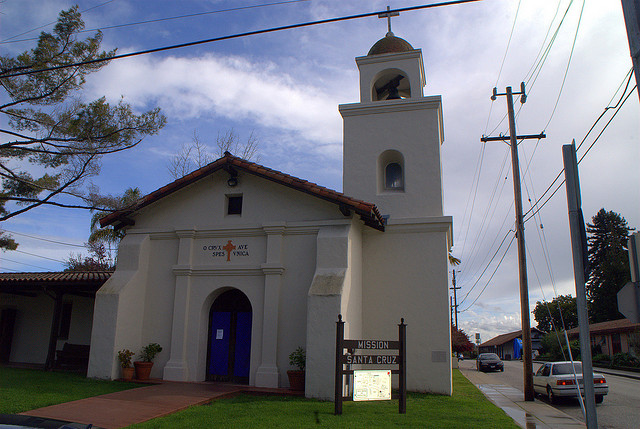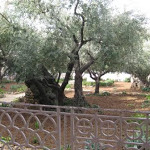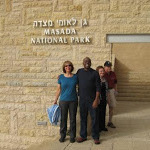
When in California, my wife and I visited all the Spanish Missions along the El Camino Real. Some are still functioning churches, while others are only museums. The architecture of all the missions show their similar purposes: worship of God, refuge and provision for people, and a beacon to the traveler. People used to live, work, and worship, as well as visit, these missions. I wonder if churches can still do that today.
I have been churches long enough to see the pendulum swing to one side and now nearly all the way back on the issue of church buildings. Although I was just a child, I recall in the 1970s and into the 1980s that churches, even small church plants, would consider it a necessity to quickly find a facility or office front to be the community face of the church. It would be a place in which they could be found by strangers and use for ministry, if not for worship service, at least for offices and Bible studies. It was available 24 x 7 x 365. Beyond the small office front, I knew pastors of small churches who could have been full-time salaried, but chose to be half or 3/4 time so their church could afford a facility.
Later in the 1980s and 1990s several factors led to a shift. First, the real estate market was booming. At least in California, it started to become cost prohibitive for a church to purchase land or a building, and city planners were not necessarily planning for churches in their zoning, instead opting for tax revenue generating zones, or not considering that a church can potentially positively effect a community more than a park could. Perhaps our own inaction within our communities caused this perception. This is when I began to see more churches renting space in schools. Some principles saw churches at the very least as a source of income and someone who would treat their facilities respectfully. This became the new standard operating procedure, get the pastor up to full-time pay, and then work on get a building.
The second shift was we remembered, perhaps by necessity, that not every activity had to take place on church property. Home Bible studies became the norm for both churches with and without their own buildings. Over time, this may have contributed to the home church movement.
I think for some time the pendulum has been moving back towards a building a hub of our community activity. The New Testament Greek word for “church” means assembly, so by definition the group of believers need to regularly assemble together in order to be a church. Small home groups, and now house churches, may have improved intimacy, but, for some churches I wonder of intimacy came at the expense of the greater whole community. In renting facilities who’s primary purpose is other than worship, we only had a place where we all could come together between, 9 am to 12 pm Sunday instead of anytime.
Cramming of our community fellowship into only one time period each week also occurs in churches with their own facilities. Even though the facility may be available all week, most of the fellowship (or meetings) often get scheduled on Sunday when we are there for worship, because we are busy elsewhere on the other days of the week. A youth and children’s program on a weekday evening adds one other time of community gathering. Other than the addition of a prayer meeting, this is mostly the church community schedule at my own church, and many other churches I have attended, but what else can we do?
My church is not large enough to have a Bible study, prayer meeting, or community meal every day. Most people work during the day, so do we really expect people to be coming, going, and building community at the church facility at all times of the day? It is possible. Churches are making their facilities and Christian community not just centers of Christian worship and formation, but also a hub for their entire community. Granger Community Church is a larger church example of this, but even smaller churches can open their doors for community education and community organizations. My church hosts Project Linus and the Boy Scouts of America, and I still have plenty of time during the week where I am the only one around. College Wesleyan Church has made itself a valuable community partner by mentoring students at a local schools, among other community activities, bringing improvement in both academic and social lives of the students. Most any follower of Jesus, whether a small church pastor or congregation member or member a larger church, can spend a few hours a week volunteering somewhere in the community. (I personally spend my volunteer time at a First Care Pregnancy Center.)
If we desire to be missional churches engaged in the missio dei perhaps when considering both facilities and community we should look again at the mission model: worship of God, refuge and provision people, and be a beacon to the traveler, a place where people live, work, worship, and visit.
photo credit: Ed Bierman via photopin cc






